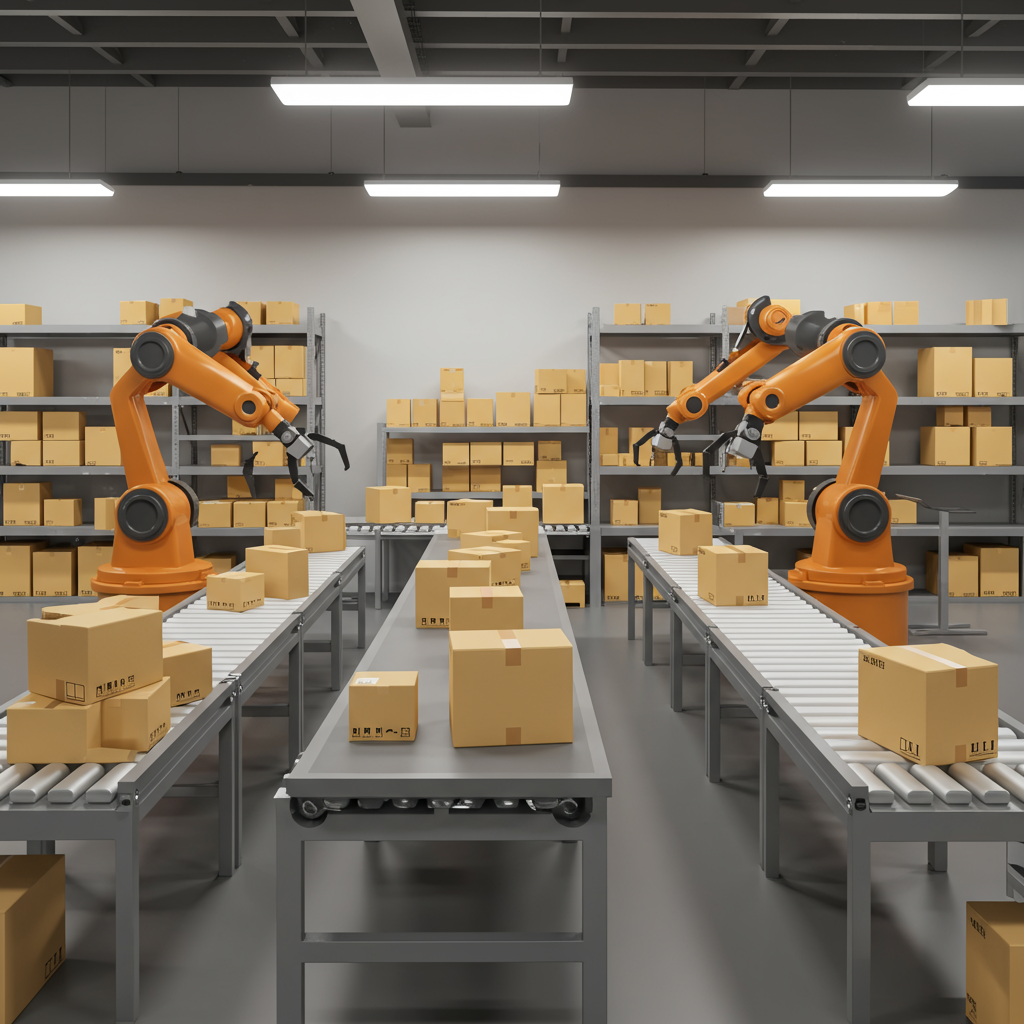Streamline Your E-commerce Operations for Growth and Efficiency
Hello fellow Shopify merchants! I’m here today to talk about a game-changer for your e-commerce business: fulfillment automation.
As your store grows, manually handling every order, every shipping label, and every customer update can quickly become overwhelming.
That’s where automation steps in, transforming tedious, repetitive tasks into seamless, hands-off processes.
But what exactly is fulfillment automation? Simply put, it’s the use of technology to streamline and execute various stages of your order fulfillment process without manual intervention.
From the moment a customer clicks “buy” to the package arriving at their door, automation can touch almost every step.
So, why should you, a busy Shopify merchant, care about automating your fulfillment? The benefits are truly compelling.
Firstly, it’s a massive time-saver. Imagine reclaiming hours spent on data entry, printing labels, or sending tracking emails.
Secondly, automation drastically reduces human error. No more typos in addresses or incorrect product quantities being shipped.
Thirdly, it enables scalability. As your order volume increases, your automated system can handle the growth without needing to hire more staff immediately.
Fourthly, it significantly boosts customer satisfaction. Faster, more accurate deliveries and proactive communication lead to happier customers and repeat business.
Finally, it can lead to cost reductions by optimizing shipping choices and minimizing errors that lead to returns or re-shipments.
Let’s dive into the key areas where you can implement automation. Order processing is a prime candidate.
You can automate tagging orders based on specific criteria, like product type, shipping method, or customer segment. This helps in routing orders to the correct fulfillment location or team.
Inventory management is another critical area. Automation can update stock levels across all sales channels in real-time, preventing overselling.
It can also trigger low-stock alerts, prompting you to reorder before you run out of popular items.
Shipping automation is perhaps the most impactful. This includes automatically generating shipping labels, selecting the best carrier based on cost or speed, and even scheduling pickups.
Customer communication can also be automated. Think about sending personalized order confirmations, shipping updates with tracking links, and delivery notifications.
Even returns management can be streamlined, with automated generation of return merchandise authorizations (RMAs) and pre-paid return labels.
Now, how do you actually achieve this automation within Shopify? There are several powerful tools at your disposal.
Shopify Flow is an incredibly powerful, built-in automation tool available to Shopify Plus merchants, and increasingly to other plans.
With Flow, you can create custom workflows using triggers, conditions, and actions. For example, “When an order is paid (trigger), if the order total is over $100 (condition), then add a ‘VIP’ tag to the order (action).”
You can use Flow to automate tasks like notifying your warehouse when a specific product is ordered, or sending a follow-up email to customers who haven’t completed a purchase.
Beyond Shopify Flow, a vast ecosystem of third-party apps exists. Shipping apps like ShipStation or Shippo integrate directly with Shopify to automate label creation and carrier selection.
Inventory management apps can sync stock across multiple platforms, while ERP systems can provide end-to-end automation for larger operations.
For many merchants, partnering with a Third-Party Logistics (3PL) provider is the ultimate automation solution. They handle storage, picking, packing, and shipping entirely.
When you integrate your Shopify store with a 3PL, orders are automatically sent to their warehouse, and they take care of the rest, including sending tracking information back to your store.
So, how do you get started? My advice is to begin by auditing your current fulfillment process. Identify the most time-consuming and error-prone tasks.
Then, research the tools that best fit your needs and budget. Don’t try to automate everything at once; start with one or two key areas.
Set up your rules and workflows carefully, and most importantly, test them thoroughly before going live. Place test orders to ensure everything works as expected.
Once implemented, continuously monitor your automated processes. Are they saving you time? Are there any glitches? Be prepared to optimize and refine.
What do you think about this approach to fulfillment automation? I’d love to hear your thoughts and experiences.
Remember, the goal of automation isn’t to replace human interaction entirely, but to free up your time to focus on growth, marketing, and customer relationships.
It’s about working smarter, not harder, and building a more resilient and efficient e-commerce business.
By embracing fulfillment automation, you’re not just streamlining operations; you’re investing in the future success and scalability of your Shopify store.
I encourage you to explore the options available and take the first step towards a more automated, stress-free fulfillment process.






